'El Muro de los Muertos' ('The Wall of the Dead')
The corner walls of a primary school showcase a Mexican version of memento mori.
Skulls cover the walls of this Mexican primary school. Though a morbid sight, they memorialize the dead who once called the town home.
The towns on the shores of Chapala, Mexico’s largest lake, are home to a sizable population of mostly older North American expats. Inspired by the likes of Neill James, a United States writer who popularized Ajijic north of the border in the 1940s, they pursue their ideal of “the Mexican Dream,” often forming community groups and grassroots organizations to maintain their lifestyle and the vibe of their new hometowns. One of the clearest examples of the results of these efforts is Ajijic.
This small town is now recognized in the area for its bohemian, arts-oriented atmosphere and well-known for the many murals that adorn its walls, a majority of these made by artists from the region and throughout the country. Perhaps the most notable and atypical of these artworks is “El Muro de las Calaveras”(“The Wall of Skulls”) made by Ajijilteco artist Efrén González in 2016. Also responsible for many of the painted murals in town, González was inspired by the pre-Columbian tzompantli to create this tiled collage of clay craniums.
Tzompantlis were walls or palisades where the skulls of people voluntarily sacrificed or captured in war would be displayed as part of the belief systems of many Mesoamerican cultures, from Aztecs to the Maya. Human sacrifice was so important to these cultures that the tzompantlis themselves were often carved into the rock of their temples for posterity, as in Tenochtitlán’s Templo Mayor.
Commissioned by local authorities partly on the behest of expat organizations, González’s work on a wall of the Marcos Castellanos Primary School is inspired by the imagery but not necessarily the human sacrifice cosmogony of tzompantlis. The thousand or so skulls that decorate this wall are each labeled with the name of an Ajijic resident who has died. About half of the people memorialized in clay skull form have Spanish names, the other represents the town’s large expat population with names originating from all over the world, showcasing the role of death as one of humanity’s great unifiers.
Know Before You Go
The inside of each clay skull can hold a candle or light and these are only lit on and around the dates of Day of the Dead. If you want to see this light show it is recommended to visit during nighttime at the end of October/start of November.
Community Contributors
Added by
Edited by
Plan Your Trip
The Atlas Obscura Podcast is Back!




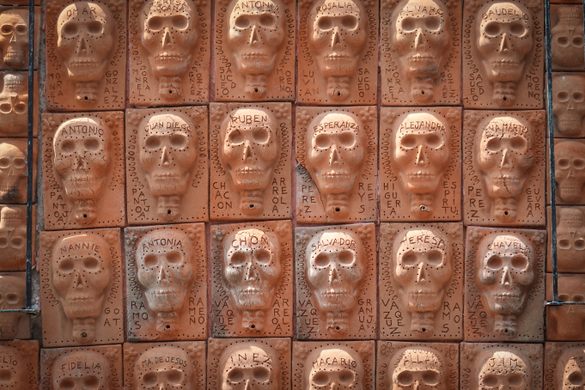
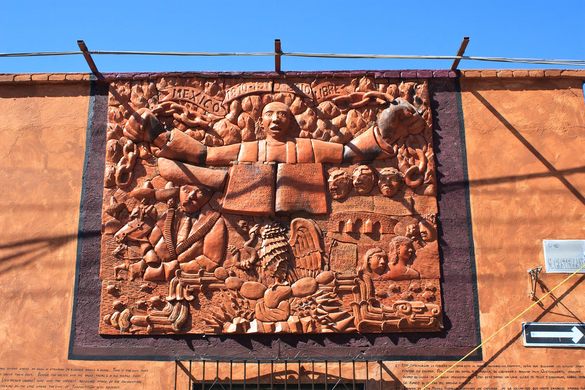
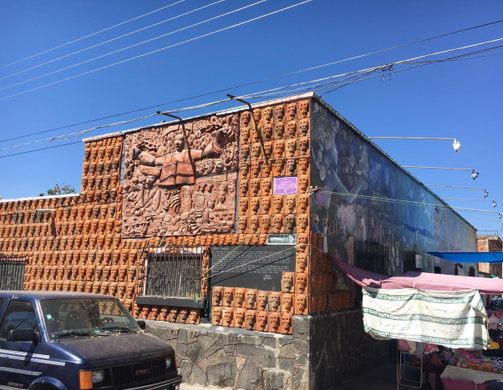
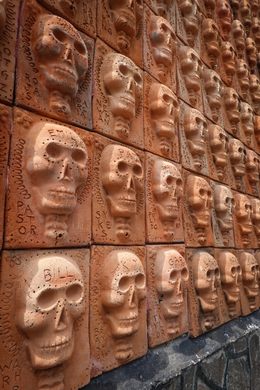
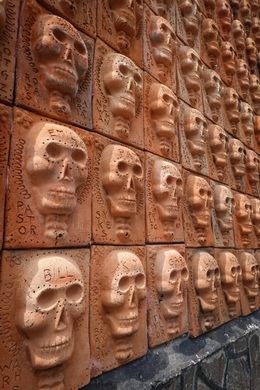




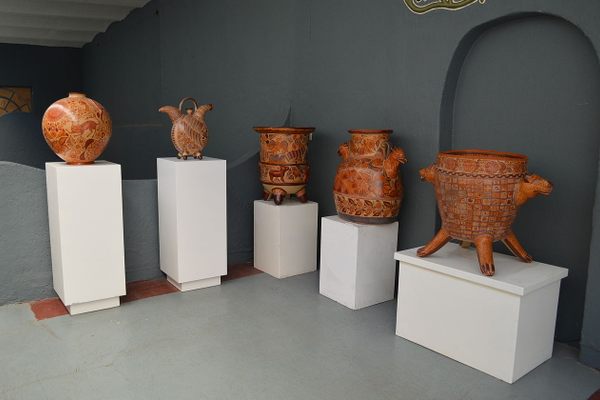
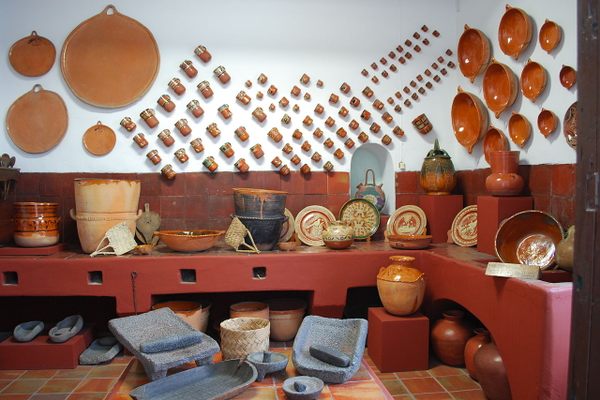


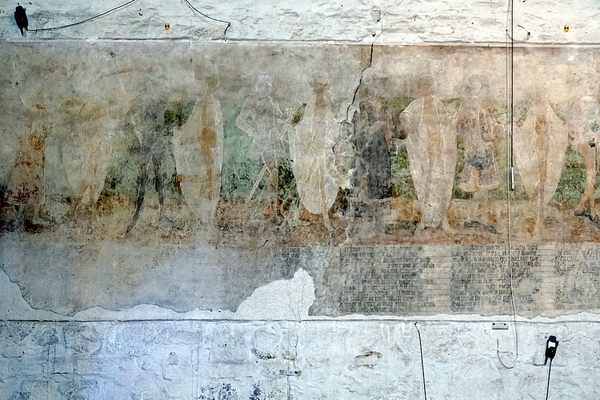
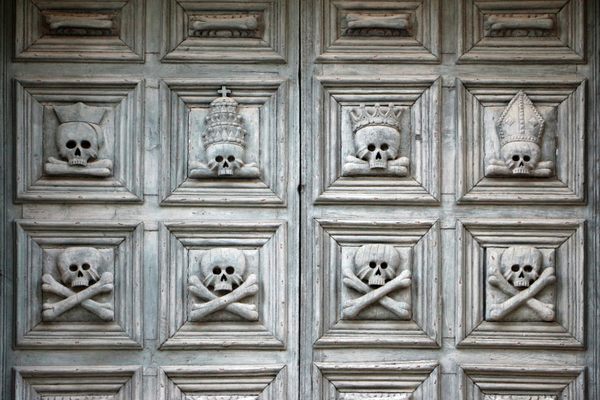
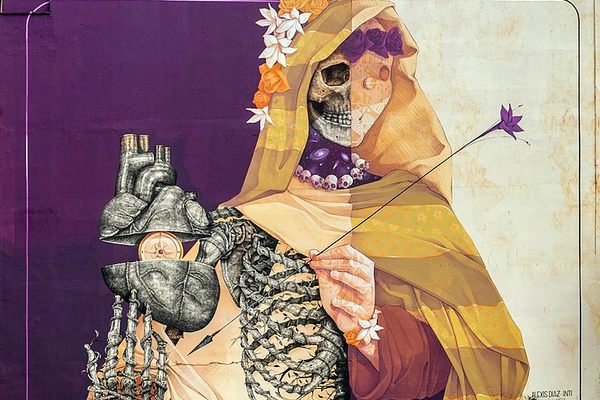
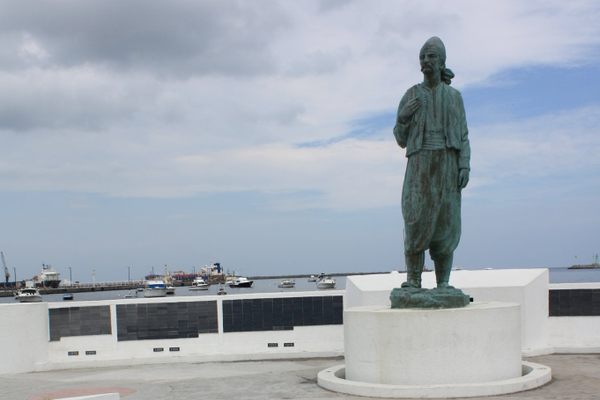

Follow us on Twitter to get the latest on the world's hidden wonders.
Like us on Facebook to get the latest on the world's hidden wonders.
Follow us on Twitter Like us on Facebook